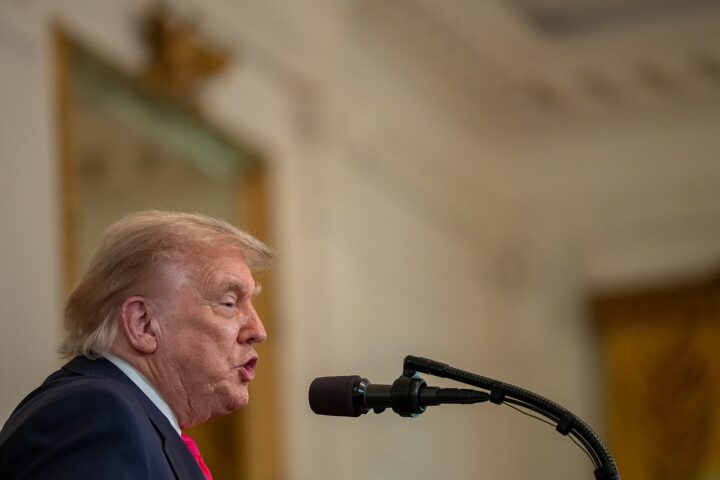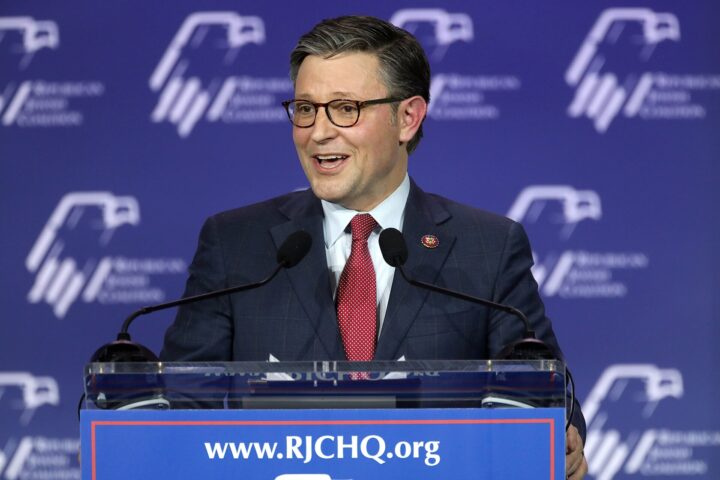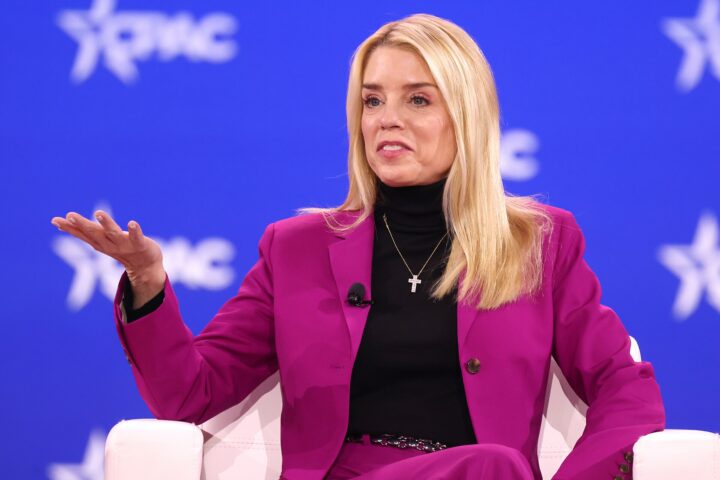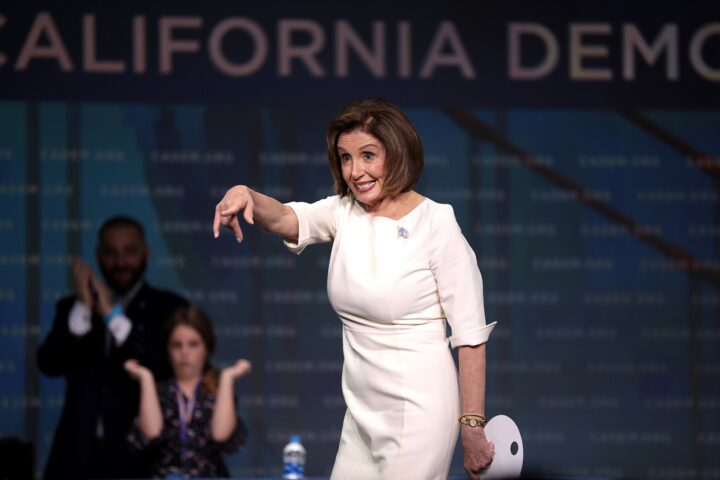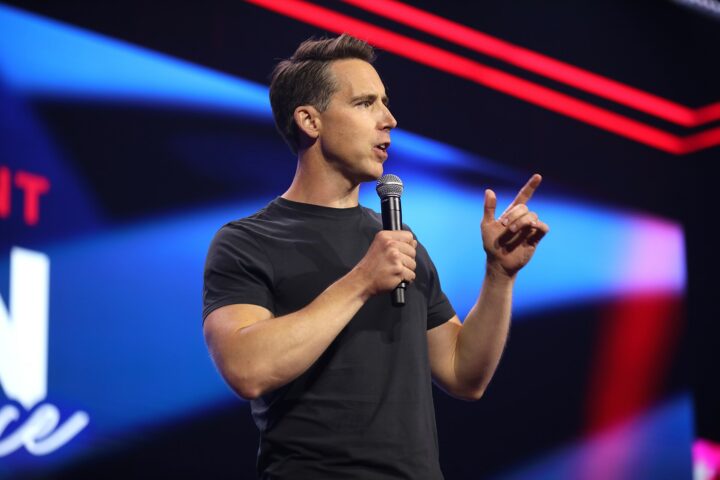The Director of National Intelligence released a stark and cinematic video on Tuesday, reportedly warning of a growing threat from “political elites” and “warmongers” who, emboldened by secure bunkers, are allegedly maneuvering the world closer to nuclear conflict.
In the roughly three-minute clip—part historical reflection, part urgent plea—the intelligence chief, formerly Representative Tulsi Gabbard, evokes haunting scenes from her visit to Hiroshima.
She stands amid somber memorials and archival footage as she recounts the devastation unleashed by the first atomic bomb in 1945. Now, she warns, modern nuclear weapons are exponentially more powerful and indiscriminate.
“A single nuclear weapon today could kill millions in minutes,” her voice resonates over images of rubble and remembrance. She warns that political leaders are fostering tensions between nuclear powers, all while believing they themselves would remain safe in fortified bunkers.
“This isn’t protest or diplomacy—it’s an invitation to global annihilation,” she declares, urging everyday citizens to demand peace and reject escalation.
The video arrives amid a fraught backdrop: the Trump administration’s ongoing, tentative negotiations with Iran over nuclear curbs, President Trump’s renewed threats of military intervention in the Middle East, and persistent concerns about instability stemming from the war in Ukraine and tensions with China.
Ms. Gabbard, who once ran for president as an outspoken critic of U.S. intervention abroad, framed her video as both a warning and a demand for accountability.
She urges Americans to “speak up” and resist policies that she believes edge the world toward World War III—an outcome she portrays as morally and existentially unconscionable.
The production’s dramatic style—featuring shadowed visuals, solemn narration, and stark sound design—brought immediate attention on social media.
Conservative figures praised the message, while skeptics questioned whether official government platforms should be used for such overtly political communication.
Critics say the video’s call for peace masks deeper political calculus: Ms. Gabbard’s own party switch last year sparked debate.
She was once the director of national security and foreign policy for President Trump, and her tenure fostered debate over whether an intelligence chief should publicly challenge U.S. policy so forcefully.
Despite the questions, the release has ignited a broader conversation: can democratic checks on national security ever remain apolitical in an era of deep domestic polarization?
Supporters argue that an intelligence chief has a solemn obligation to alert the public when existential risks escalate.
Opponents say the video risks undermining democratic norms and eroding trust in intelligence institutions.
For now, the DNI’s video has thrust nuclear danger back into everyday discourse, raising urgent questions: Do U.S. leaders prioritize safety over brinkmanship? Can public pressure recalibrate a foreign policy that some now view as perilously unmoored?
The release may not change policy overnight—but it has already altered the tone of national debate, reminding Americans that in a nuclear age, the stakes have never been higher.
[READ MORE: Fetterman Slams Fellow Dems for Refusing to Condemn LA Riots]


